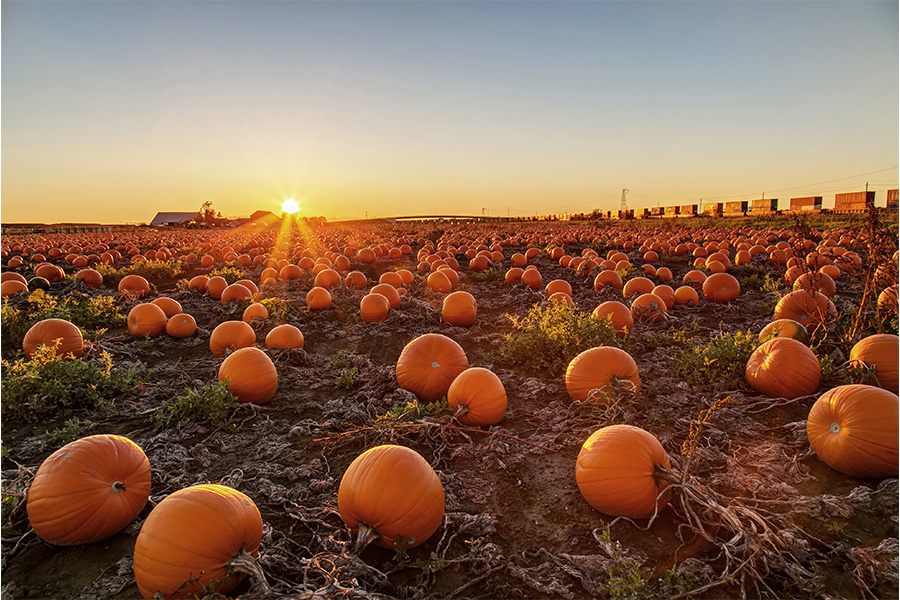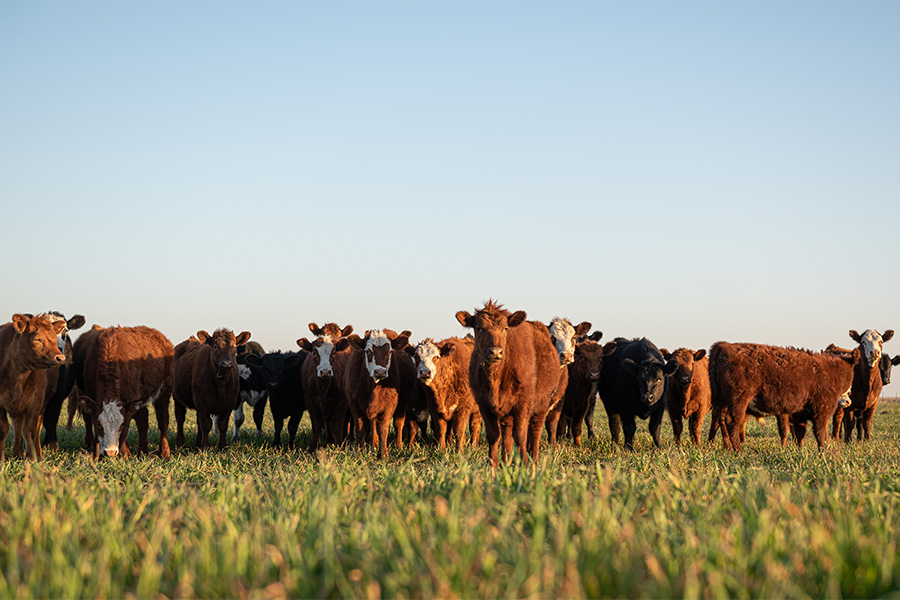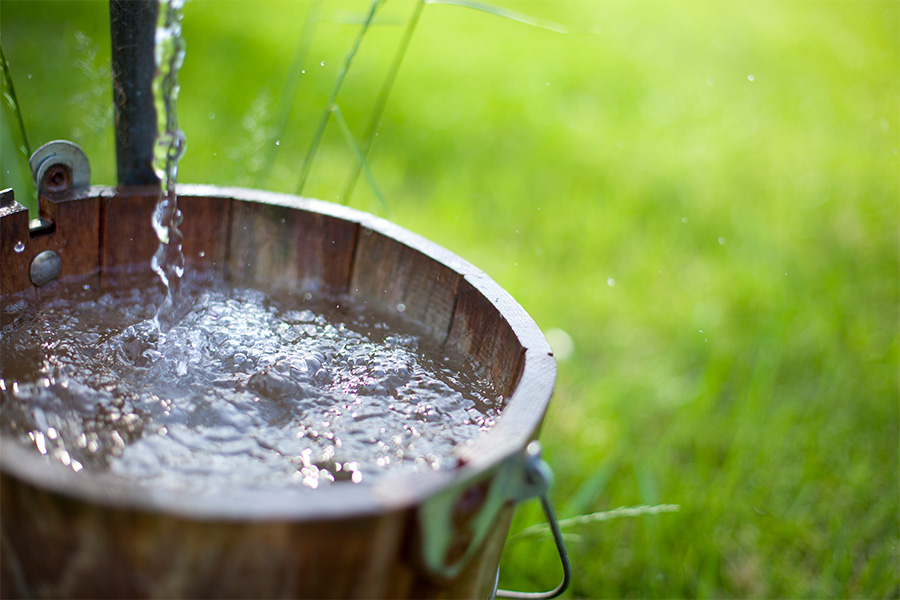-

The seven topics covered in this publication are all integral parts of a successful pumpkin/gourd management program. Each topic is designed to focus on a particular aspect of production and provide the latest management technology for that phase of production. It is hoped that the information contained in this publication will assist growers in improving profitability.
|
-
It is widely accepted that storing farm equipment under a shelter is better than storing it outside and that hay stored in a barn is better than hay stored in the field. But how can we determine just how much a farm storage building is worth? The answer is different for every individual operation, but there are some guidelines that will help you make an intelligent decision about whether or not you can afford a building (or afford not to have one).The following is a discussion of the costs and benefits of owning a building, along with some example calculations. In each example, you are given the opportunity to substitute your figures, which might more accurately reflect your local markets and conditions.
|
-
Goats are the most widely-dispersed meat animals and have been raised for centuries to provide meat, milk, fiber, cashmere and leather. Due to their small size, adaptability to harsh environments and availability, they have been more popular in nations lacking refrigeration, animal management skills and modern transportation. This publication deals solely with Spanish or meat-type goats in Georgia and covers their history, selection and management—from predator and disease control to reproduction and marketing.
|
-
B 1158
Sprayer Nozzle Selection
Nozzle selection is one of the most important decisions to be made related to pesticide applications. The type of nozzle affects not only the amount of spray applied to a particular area, but also the uniformity of the applied spray, the coverage obtained on the sprayed surfaces, and the amount of drift that can occur. Each nozzle type has specific characteristics and capabilities and is designed for use under certain application conditions. This publication describes the types that are commonly used for ground application of agricultural chemicals, including flat-fan, even flat-fan and cone nozzle.
|
-

B 1161
Beef Management Calendar
This calendar contains a monthly listing of the common management practices needed for commercial beef herd production in Georgia. Some are recommended at a certain time of the year and others are recommended when calves are a certain age or at a certain point in their reproductive cycle.
|
-

About 95 percent of Georgia’s rural residents depend on groundwater to supply their drinking water and farm needs. Wells are designed to provide clean water. If improperly constructed and maintained, however, they can allow bacteria, nitrates, pesticides, or petroleum products to contaminate ground water. These contaminates can put family and livestock health at risk. This assessment allows you to evaluate the environmental soundness of your farm and operational practices relating to the condition of your drinking water well.
|
-
The peanut production guide includes varieties, agronomic practices, pest management, irrigation management, equipment maintenance, maturity, and harvest practices.
|
-
This publication covers a procedure for applying wood ash as a lime substitute on agricultural lands. This method can be used by manufacturers and dealers who wish to supply wood ash or by landowners who wish to receive wood ash. If the practices in this publication are followed, there should be no adverse environmental effects or regulatory consequence from the land application of wood ash.
|